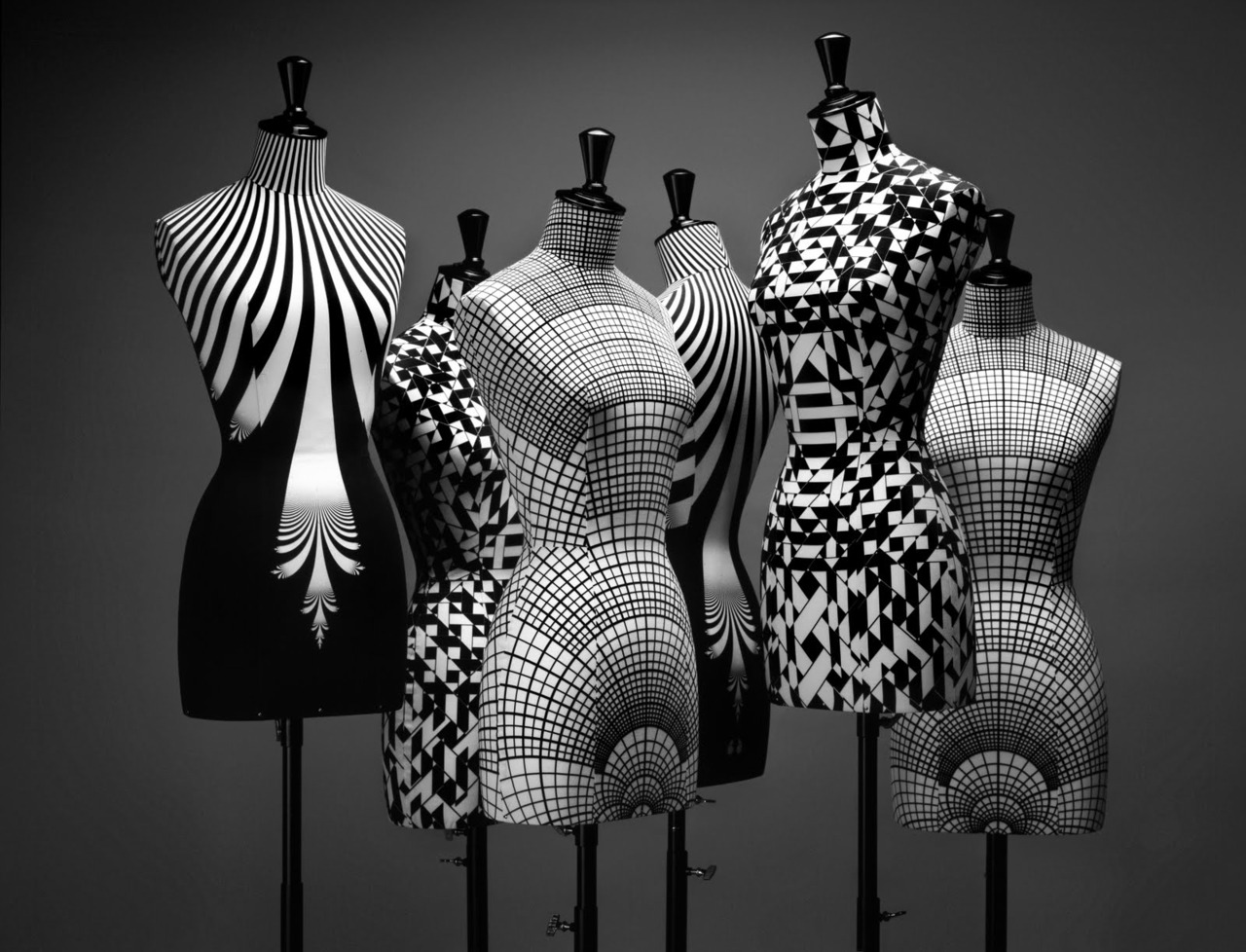Is Fashion "As We Know It" Totally Dead?
At last month's Design Indaba conference in South Africa, influential trend forecaster Li Edelkoort proclaimed, “Fashion is dead." For Edelkoort, fashion as we know it has
come to an end. As an indie fashion designer, I say good riddance.
Let me break down what I think Edelkoort means by “as we know it.”
Fashion — as an inaccessible art form available only to those privileged
enough to be included — is over. The fashion industry has operated
like a high school clique and society has decided not to wear pink on
Wednesdays.
In her annual presentation at Design Indaba, Edelkoort read an essay entitled "AntiFashion." Marcus Fairs of Denzeen magazine interviewed Edelkoort about the
presentation. Education, textile design, marketing, and the relationship
between advertising and editorial coverage were among Edelkoort’s hit
list.
Her interview itself is so conceptual that I’ve read it at least 50
times trying to interpret what exactly she’s trying to say. She places a
huge emphasis on education and criticizes that designers are taught to
become catwalk designers and yet, she sounds bored by fashion shows
today compared to the Thierry Mugler shows of yesteryear. Does she want
these designers to be better catwalk designers or does she just miss a
time when celebrities (and their babies) didn’t take up all the front row seats?
Edelkoort argues that "fashion shows are becoming ridiculous" and
adds, "The editors are just on their phones; nobody gets carried away by
it." Maybe those editors should look up from their phone because I
wasn't even there and I know that fashion shows are become more
inclusive.
Up-and-coming brand Chromat made headlines when they became the first straight-size high end designer
to feature a Latina plus-size model, Denise Bidot, in its Spring/Summer
2015 show at NYFW. Zana Bayne, also a straight-size label, featured plus model, Gia Genevieve in the same season. And the more recent Autumn/Winter 2015 shows
brought another industry first when actress Jamie Brewer became the first model with Down Syndrome to walk in NYFW.
"Trans people have been central to New
York's art and fashion scene for nearly as long as those 'scenes' have
existed as we know them. It's about time that this reality was
represented on the city's runways," AW15 model Hari Nef told Dazed.
Nef’s point about representation in the high end fashion scene is one that I observe within the plus-size industry. Customers demand more diversity in body types showcased by brands. And it’s a demand that I’m eager to meet as a
designer. Fashion shouldn’t be about showcasing art on those deemed most
acceptable by society; it should represent those who are creating it
and wearing it.


No comments:
Post a Comment